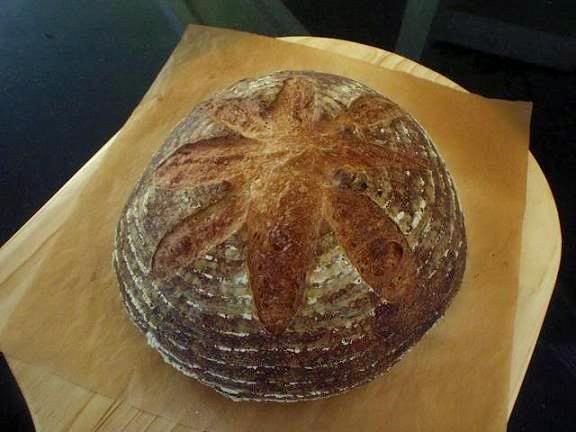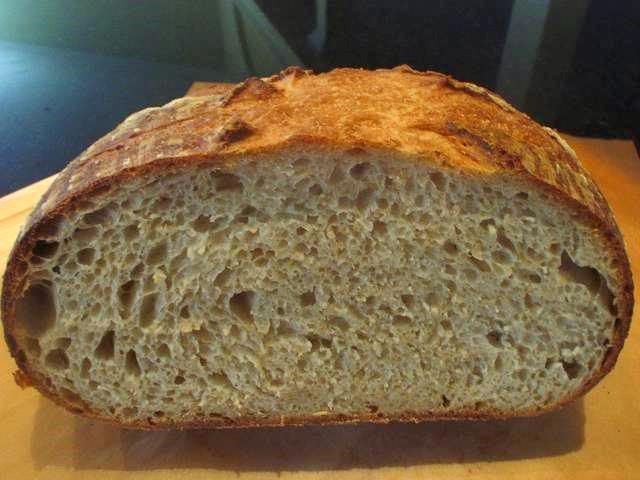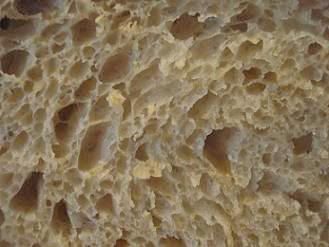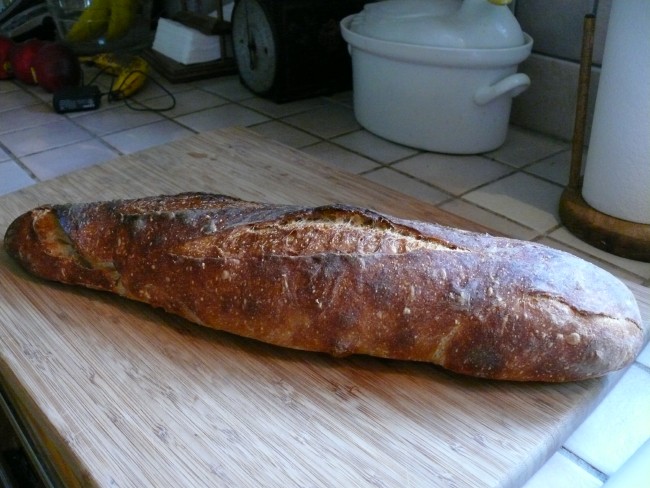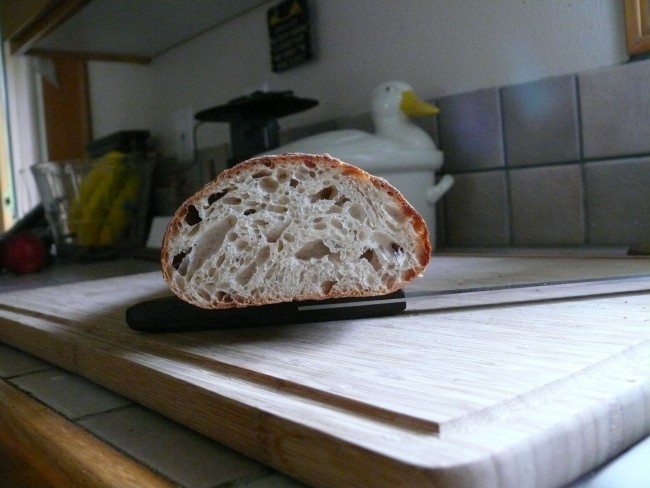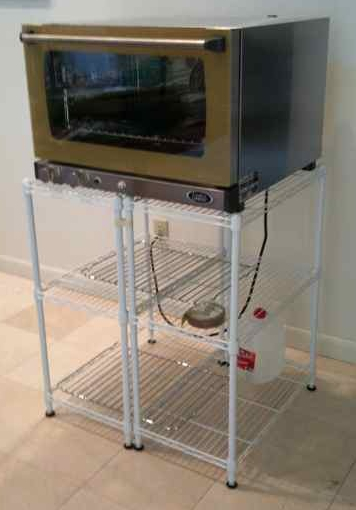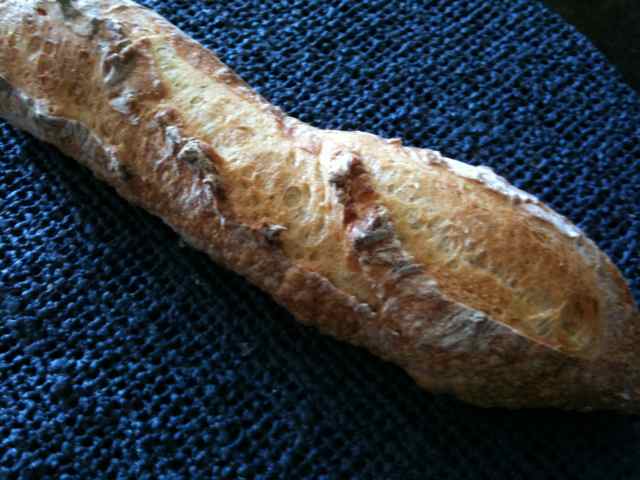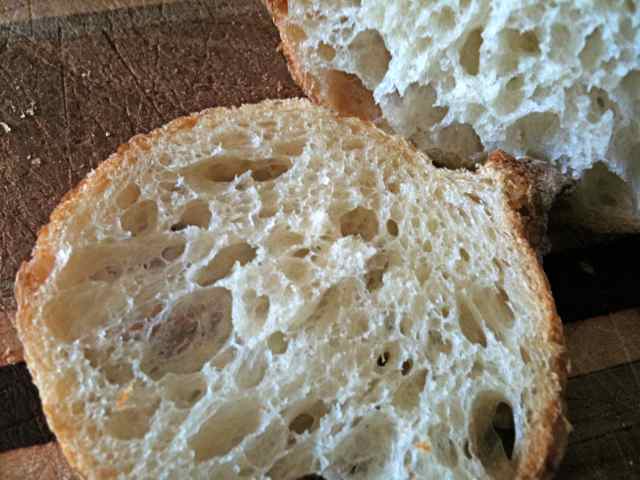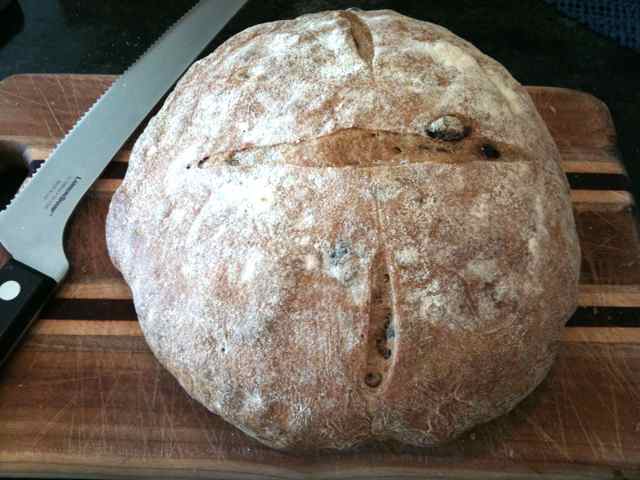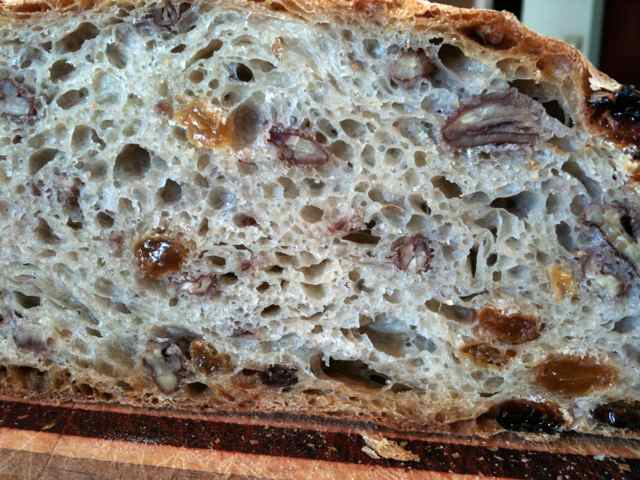
Effects of choosing when to stretch-and-fold?
I've been going thru a lot of bread books comparing the techniques presented by the authors in the last week or so. Most every book advocates Stretch&Fold, of course. But there seem to be a couple of differences in approach:
(a) Some books say consistenty for most recipes "S&F N times (depending on recipe, N is 1,2,3,4) at 20 mins intervals from the beginning, then let the dough double in bulk". This means that the dough is undisturbed for anywhere from 2-4 hours towards the end after the inital N S&Fs, when it doubles.
(b) I've read in atleast a couple of other books (Hamelman, Beranbaum) that it's a bad idea for bread with commercial yeast to ferment for more that 75 mins without receiving some form of handling to redistribute nutrients. In particular, if you look in Hamelman's books, all his recipes advocate S&F throughout the bulk fermentation at even intervals. But the dough still needs to double at the end too. This likely means that the fermentation time to double the dough is longer, because even if we're super gentle, we'll certainly lose some gas in each S&F and thus the end-to-end doubling time must be longer.
So with method (a), the time to double must be shorter than method (b). Since fermentation time is critical in the whole equation, but so is nutrient consumption by yeast, which way is "better" or "correct"?
The other issue here with method (b) above is that if I do S&F throughout (evenly distributed), sometimes dough doesnt' double because from the last S&F to end of bulk fermentation is only about 1 hour. For example, one of the recipes called for a 3 hour bulk, and folding at hour 1 and hour 2. At the end of 3 hours, I had dough that was barely 1.5 times in size. I'm guessing that is because I handled the dough too rough at hour 2 and let too much gas escape - does that sound right?
P.S. In addition to the above, *many many* recipes call for an overnight retardation in the fridge, particularly in Peter Reinhart's books. This clearly means no one is S&Fing it at 2AM:) Which is contrary to (b) above, but then again, the fermentation is much much slower. So I guess the nutrient redistribution doesn't need to happen because of the slower fermentation? Must be.
P.P.S I have been reading and thinking too much about bread. I woke up at 2AM today and went thru the whole analysis Debra and Dan did for my messed up sourdough (too much acid) in my head. Now I know I have a serious obsession, I should probably take a couple of days off from baking:)



